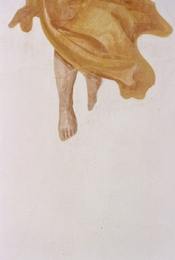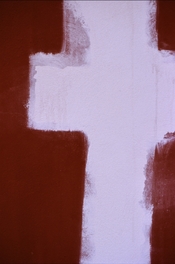Hello all,
I mainly process and print my own black and white negatives and prints in my darkroom but on occasion I work with transparencies but have yet to print any.
I recently had a client enquire about printing two of my transparencies to A1 size so I have researched the various options which are offered by the lab who processes and scans the film which is Bayeux London.
They offer 3 options:
Digital C print - Fuji crystal paper matt or gloss
Fine art Pigment Print - paper not specified
Standard pigment print - Epson and Ilford lustre or gloss.
The client is interested something that would have a look similar, or as close as realistically possible, to that of a dye transfer print.
Is there anyone who uses this workflow on a regular basis that could offer some informed opinions please?
I attach a link to the relevant page of the lab and the chosen images.
Thank you in advance.
I mainly process and print my own black and white negatives and prints in my darkroom but on occasion I work with transparencies but have yet to print any.
I recently had a client enquire about printing two of my transparencies to A1 size so I have researched the various options which are offered by the lab who processes and scans the film which is Bayeux London.
They offer 3 options:
Digital C print - Fuji crystal paper matt or gloss
Fine art Pigment Print - paper not specified
Standard pigment print - Epson and Ilford lustre or gloss.
The client is interested something that would have a look similar, or as close as realistically possible, to that of a dye transfer print.
Is there anyone who uses this workflow on a regular basis that could offer some informed opinions please?
I attach a link to the relevant page of the lab and the chosen images.
Thank you in advance.












